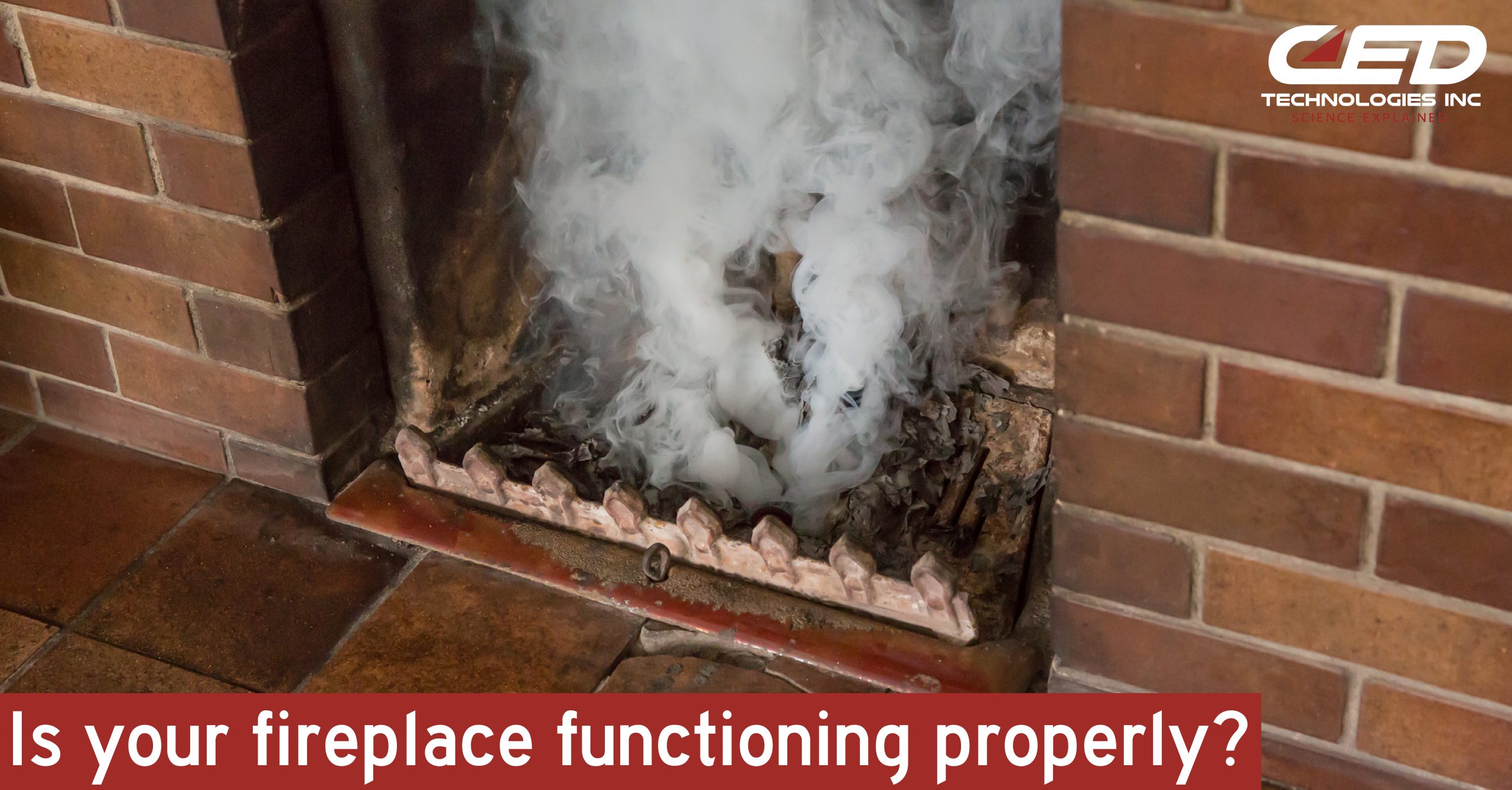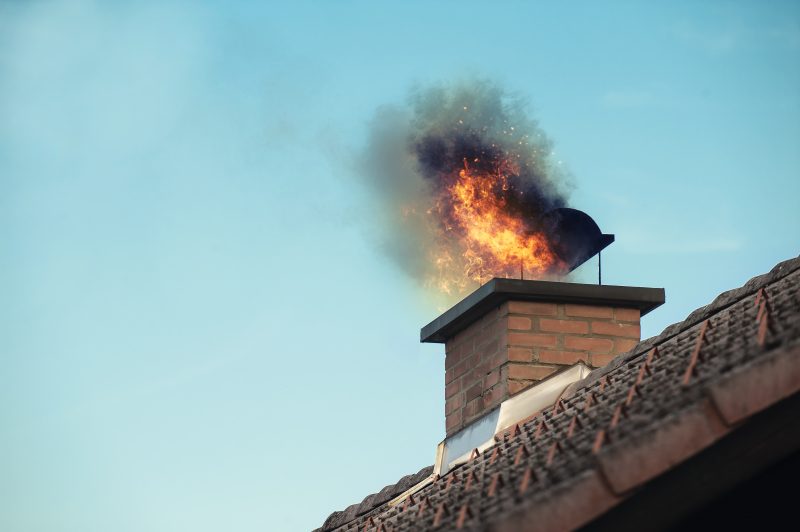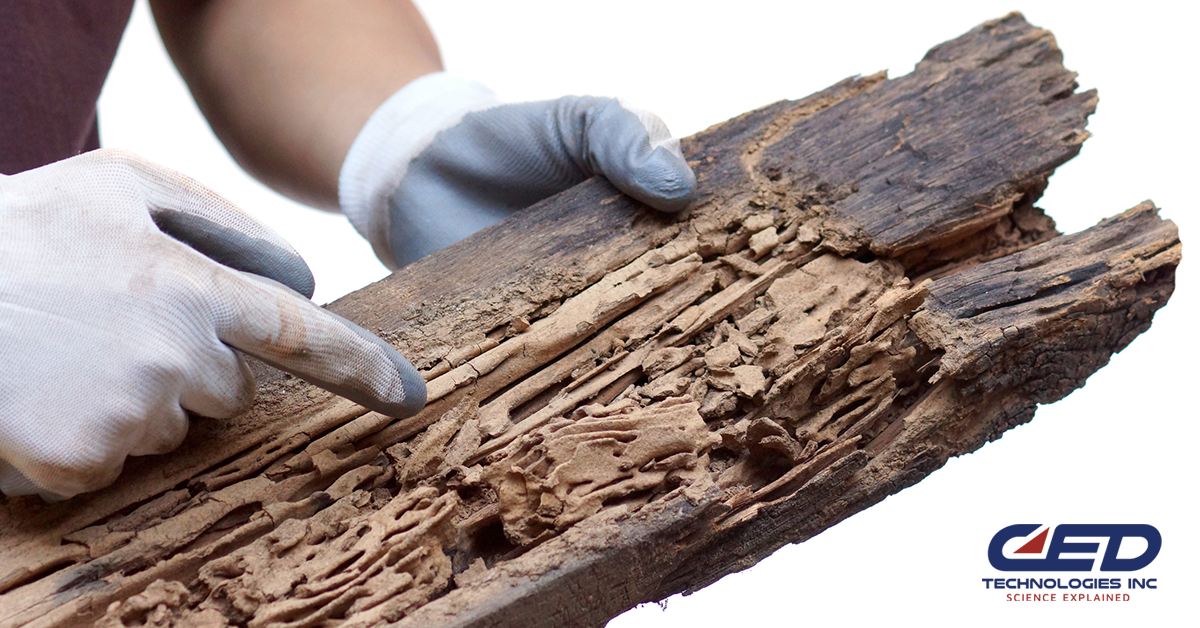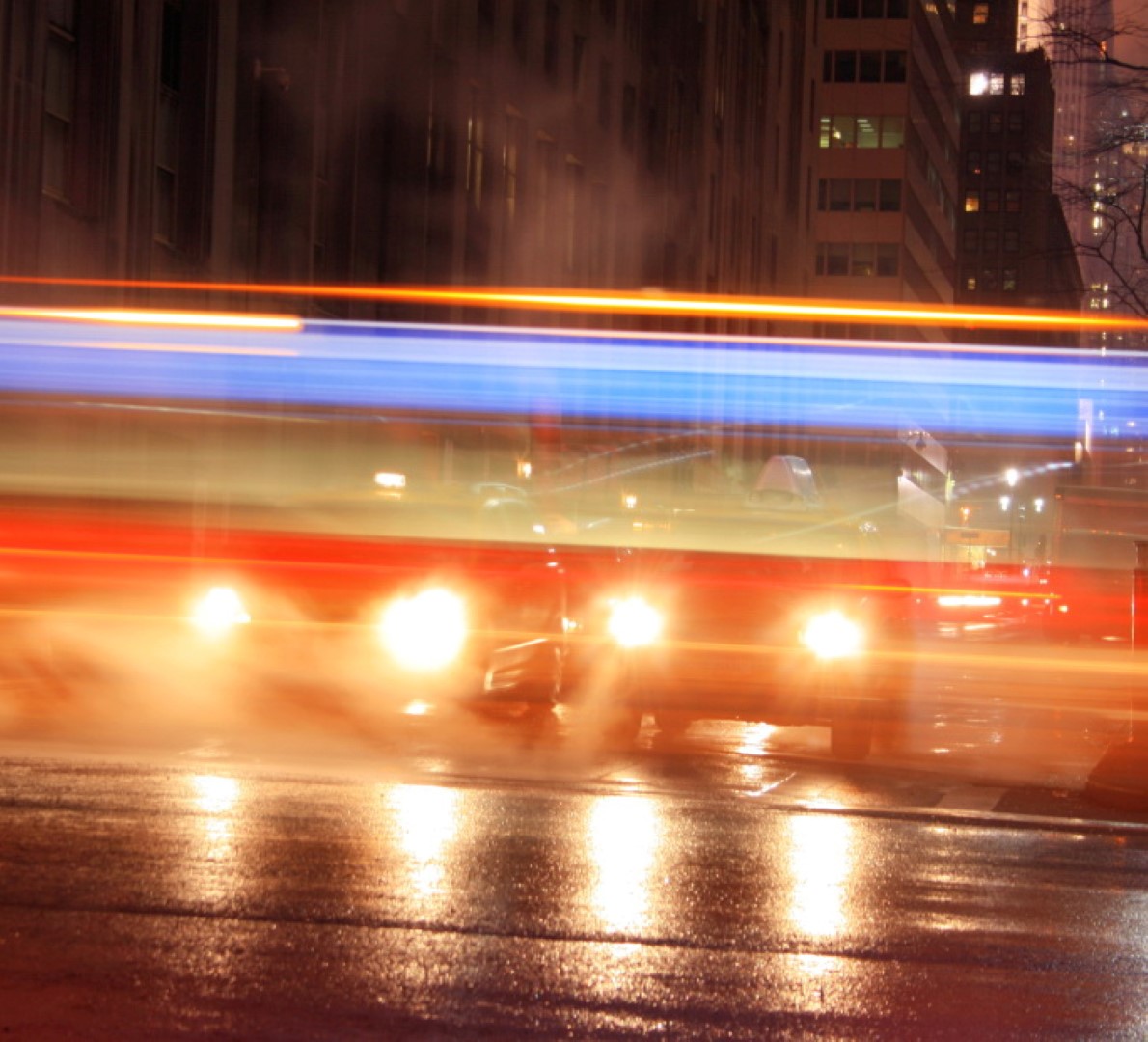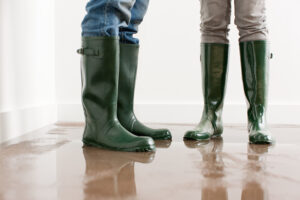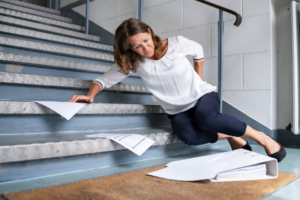A fireplace is an attractive home addition that creates a cozy place for friends and family to gather during cold weather. While a lovely architectural feature in a room, fireplaces must be regularly maintained for safety and efficiency. The Chimney Safety Institute of America recommends having a certified chimney sweep inspect your chimney annually. Always ensure the fireplace is functioning properly before you use it at the start of the season.
To test your fireplace, light a few pieces of wood first and check if the smoke is drawn upward and released through the chimney. If the smoke enters your room, you may be able to identify the problem. Common issues that cause smoke to back up into your room are obstructions in the chimney duct, too much creosote or soot buildup, a closed damper, or simply wet wood. A small crack in the mortar securing your bricks can be symptomatic of a larger problem. You may be able to inspect and find some of these issues, but a professional inspection is recommended for a complete understanding of the material condition of your fireplace.
Common signs of a fireplace issue:
- Smoke filling the room instead of being drawn up and released in the chimney.
- White stain in the bricks of the chimney, also known as efflorescence. This can be a sign of too much moisture due to leakage. This could progress to mold infestation or further chimney damage.
- Spalling (flaking) bricks will tell you that the aging masonry is in dire need of a sealant. Otherwise, the bricks can disintegrate, causing further problems.
On occasion, a malfunctioning fireplace is the result of a chimney fire that the owner may not be aware is occurring. A chimney fire can present an immediate risk to your home. In the case of a wood-fueled fire in a masonry fireplace or wood stove, a slow burning chimney fire may not get enough air or have enough fuel to be noticeable. These often go undetected until a chimney cleaning or inspection, Therefore, it is important that you be proactive with regular inspections.
To maintain peace of mind and ensure that your home and family are safe, follow these tips:
- Make sure no combustible carpets or furniture are near the hearth. If you must keep a rug in front of the hearth, make sure you are using one made of non-flammable materials.
- When cleaning your fireplace before or after use, make sure you’re using the proper tools. Make sure all ash is cooled. Remember that ash often contains live coals that can stay hot for days.
- Never leave a fire unattended. Make sure the fire is fully extinguished before going to sleep or leaving the house.
CED has a team of Certified Fire Protection Specialists (CFPS) available to help in the event of fire damage to your home or structure. Thomas L. Hannon, P.E., CFEI, CVFI, CFPS, George Wharton, P.E., CFEI, CVFI, CFPS, Douglas Hrobak, M.S.M.E., P.E., CFEI, and Gregory J. Paulsen, P.E., CPE, CFEI, CFPS are ready to investigate your next case or claim involving a fireplace or fire. Contact us today or submit a case online!
Click Here To See Our Full List of Experts Click Here To Submit an Inquiry about a possible Claim or Case.
